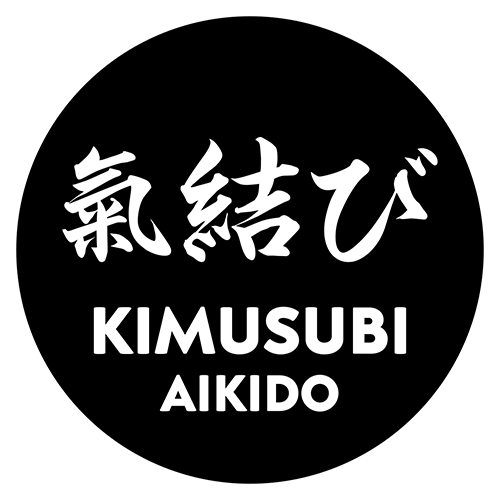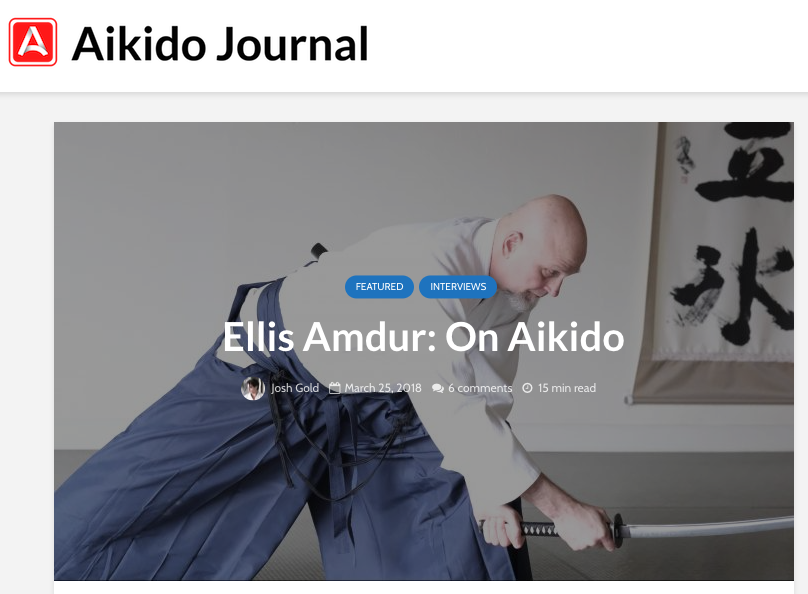“Morihei Ueshiba saw himself as an avatar, a redemptive avatar for the world, and his message confused and continues to confuse a lot of people, because people hear “harmony,” and a lot of people get kind of a sappy expression on their face and say, “I’m all for harmony,” but what Ueshiba was talking about was not at all what they imagine.”
Ellis Amdur Sensei Tweet
Ellis Amdur: The Rise of Traditional Japanese Martial Arts
In the third part of an interview above, conducted by Josh Gold of Aikido Journal, Ellis Amdur Sensei shares his thoughts on what role and purpose modern-day Aikido serves, both from the perspective of the art’s Founder, Morihei Ueshiba Sensei, and from Ellis’s own unique perspective as an avid practitioner of classical koryu traditions. While I’ve read it before, I often re-read these things to return them to the forefront of my thinking.
The entire interview is informative and educational and definitely recommended reading. In the final installment, Ellis summarizes what he believes Morihei Ueshiba sensei was striving for in the creation of his martial art.
Ellis’s view, if I understand what he’s saying, aligns with my own that we are really learning aikido as a proxy to discover “aiki”. But not in the “mystical peace, love, and harmony” sense. Rather as a physical exercise aimed at seizing, guiding, and organizing physical intent (conflict) in such a way as to control it as much as possible and thereby not be consumed by it.
Physical keiko (practice) in the dojo is meant to “knead” our bodies with the goal of making them pliable, resilient, and accustomed to dealing with conflict. Keiko also works to knead our minds, thoughts, and attentions, while forcing us to broaden our awareness beyond what’s between our two ears. Every one of us will experience personal struggles, negative emotions, tragedies, and trauma. Aikido is a practice of social interaction that teaches us to accept and work through life’s obstacles. It is an exercise in turning our focus outward, lest we otherwise become confined by our own selfish views of the world. Serving others returns much in the exchange.
In the interview, the question was posed to Ellis Sensei, “how can aikido be relevant and useful in our modern-day society?” How can this archaic and seemingly “unrealistic martial art” be an agent of positive change in our world? I believe it all starts with our commitment to keiko.
As Dr. Jordan Peterson likes to say, “if you want to take over the world, start by cleaning your room.” Everything good in the world begins with each of us.
Perhaps Aikido is simply a system, method, or a — in the context of Japanese Budō — dō (path) to help internally cultivate each of us so that we might be useful externally.
Dr. Victor Frankl, in his book “Logotherapy: Man’s Search for Meaning”, summarizes that, “Everything can be taken from a man but one thing: the last of the human freedoms—to choose one’s attitude in any given set of circumstances, to choose one’s own way.”
Aikido is my way.
What is yours?
Do you have one?

